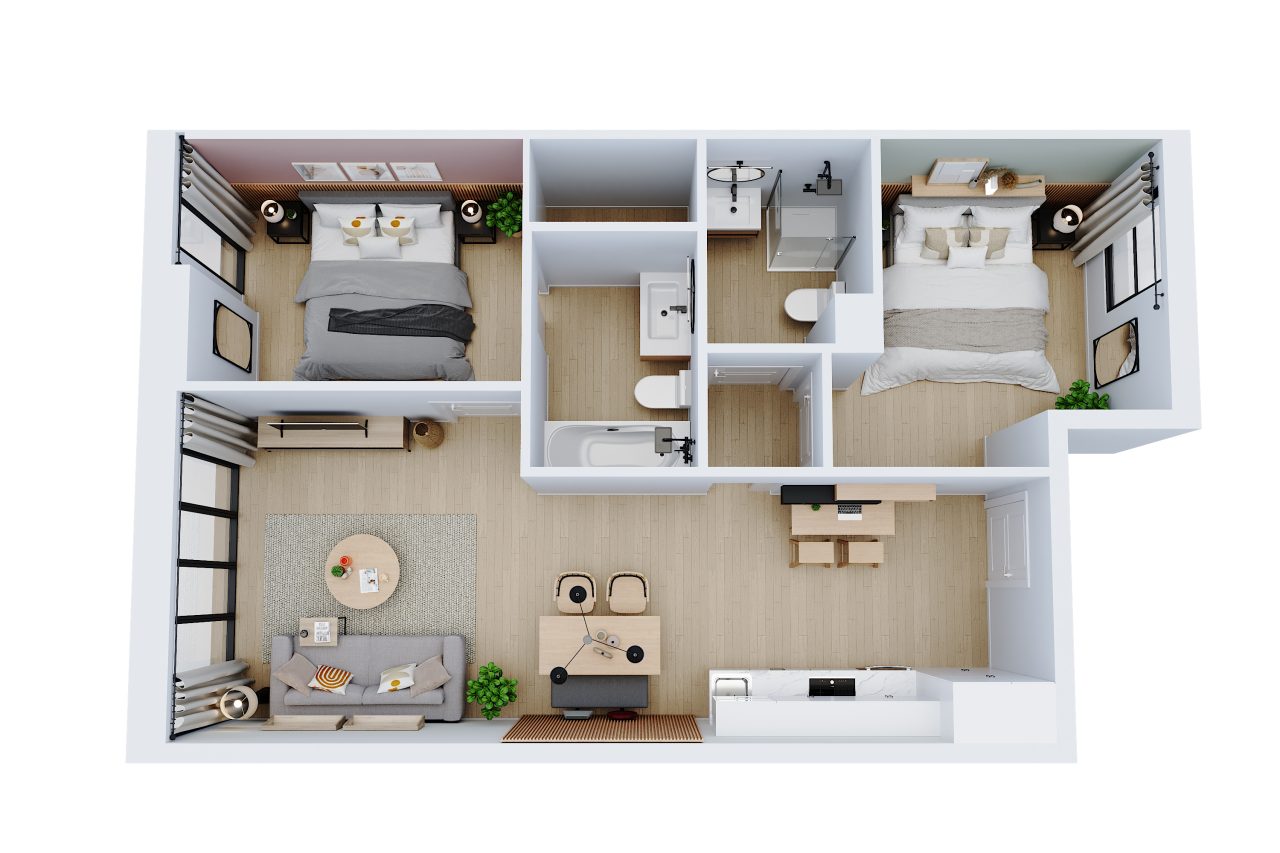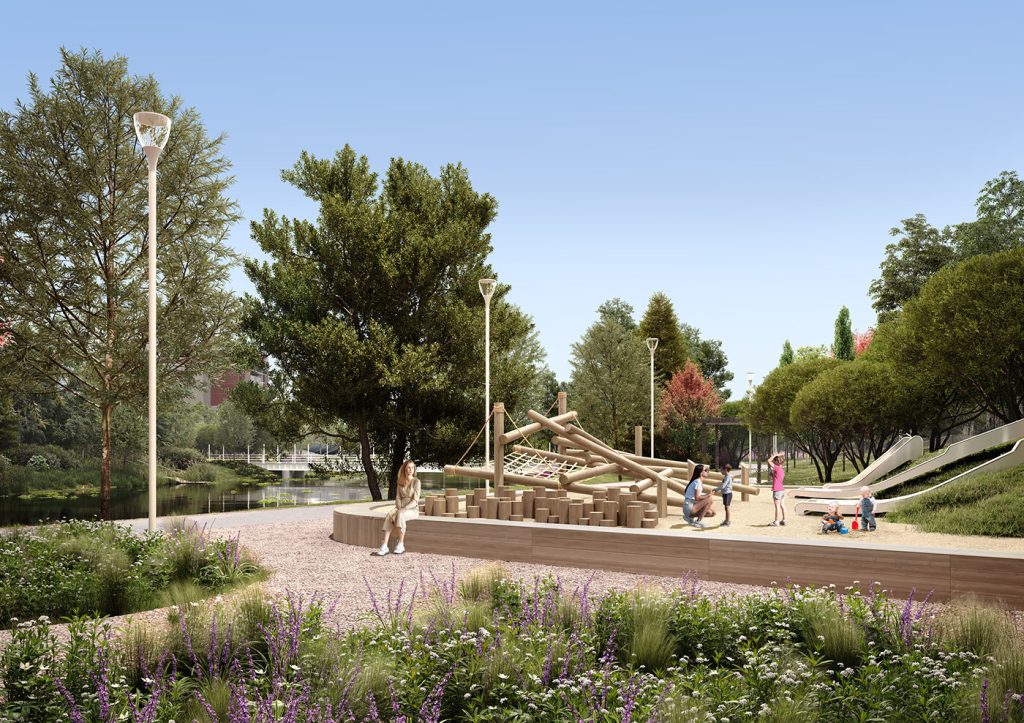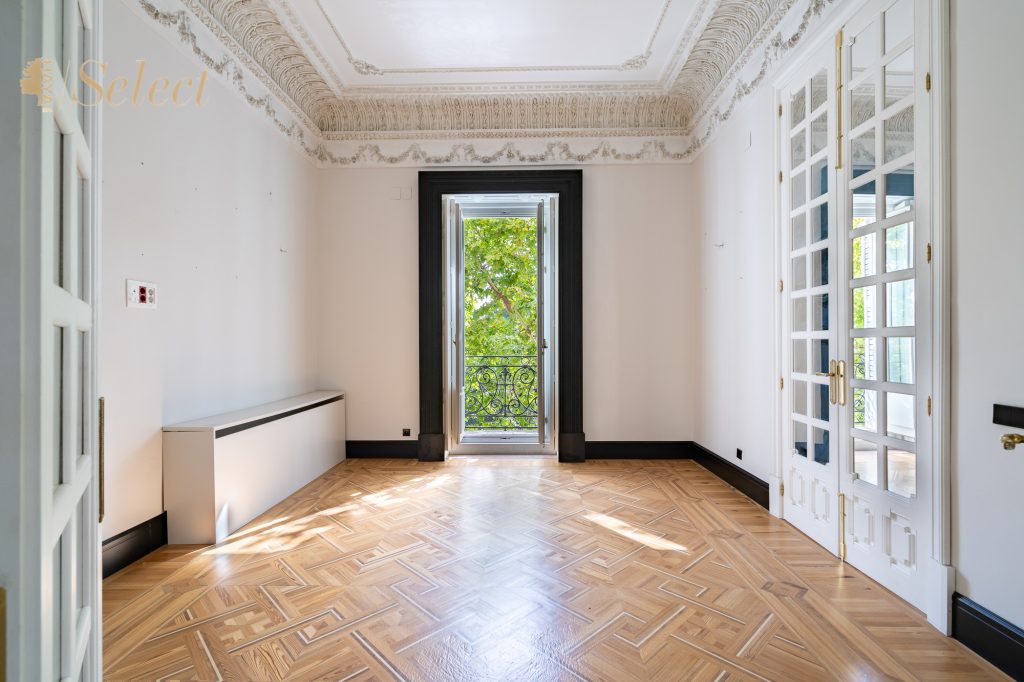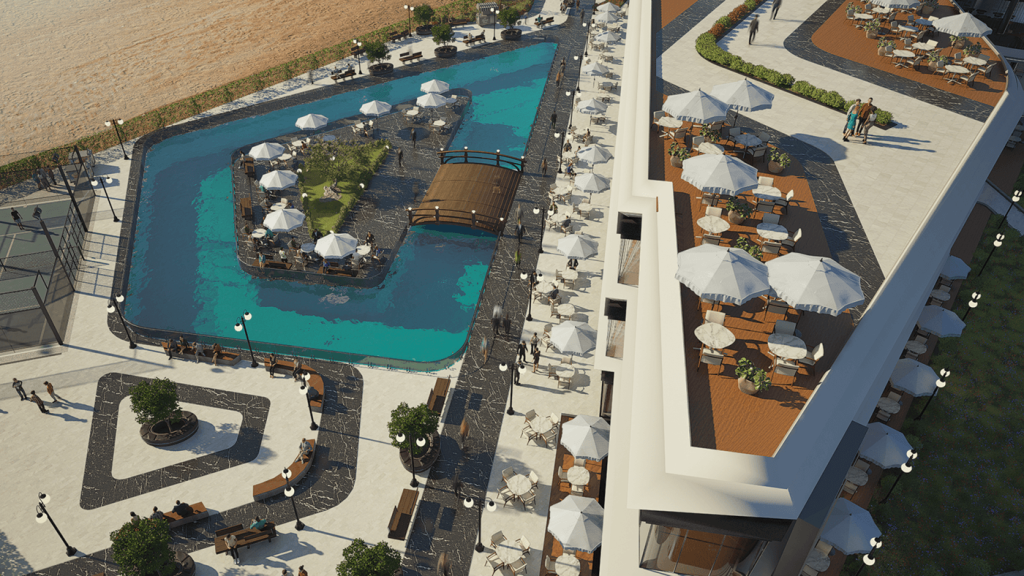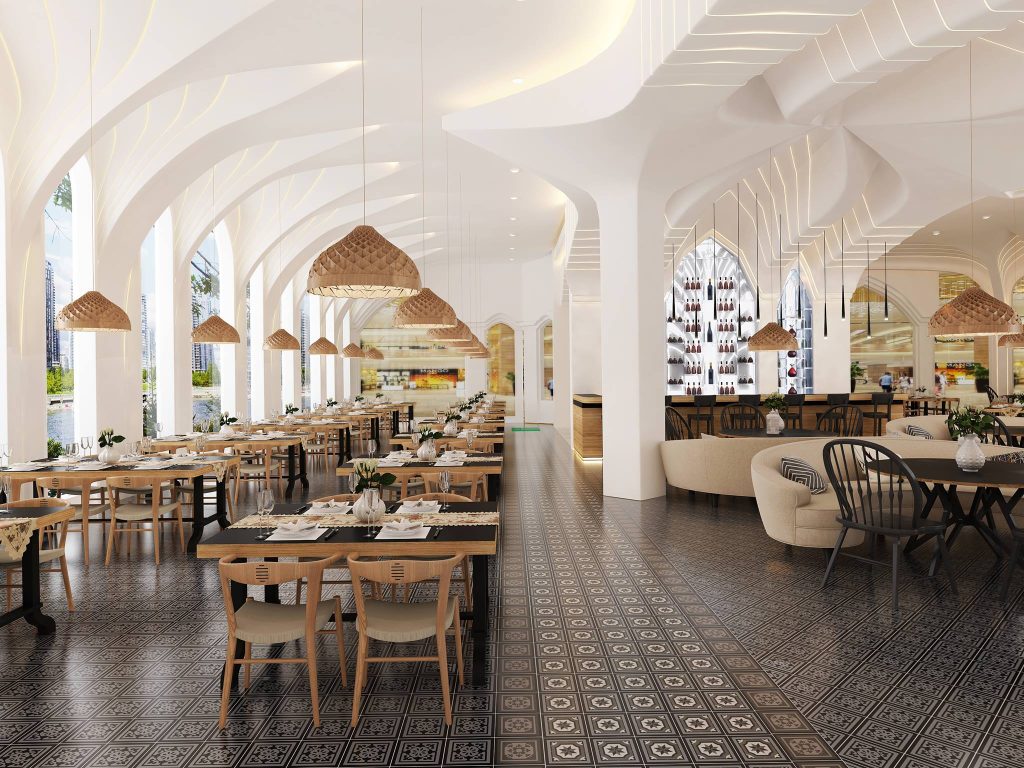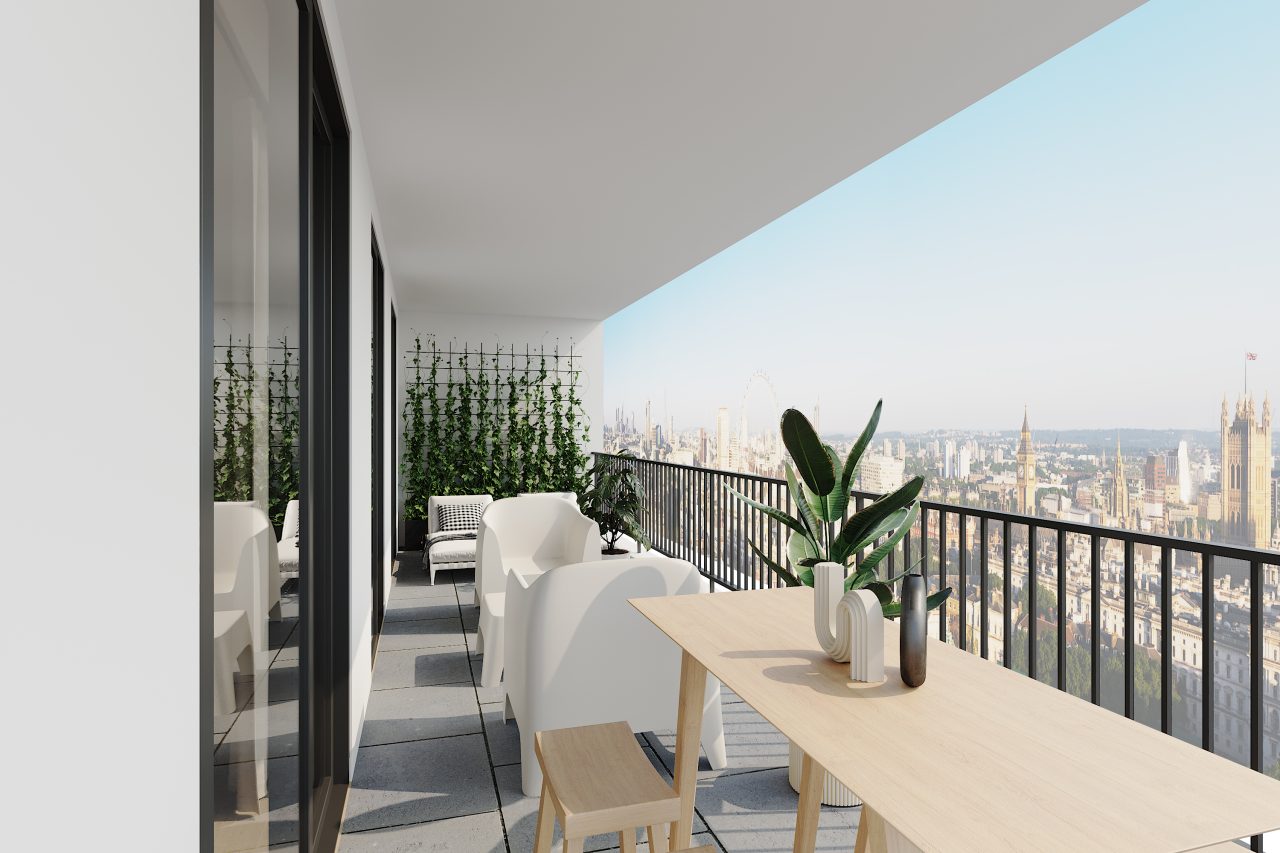1. 3D Modeling
3D rendering begins with the creation of a 3D model, which is a mathematical representation of a three-dimensional object. This model is made up of vertices, edges, and faces that define its shape and structure.
- Vertices are points in 3D space.
- Edges connect two vertices, forming a line.
- Faces are flat surfaces enclosed by edges, usually forming triangles or polygons.
2. Texturing and Shading
Once the 3D model is created, it needs to be textured and shaded to give it color and surface detail.
- Textures are images applied to the surface of the 3D model to provide details like color, patterns, and surface irregularities.
- Shaders are programs that calculate how light interacts with the surface of the model. They determine the color of each pixel based on lighting, material properties, and texture.
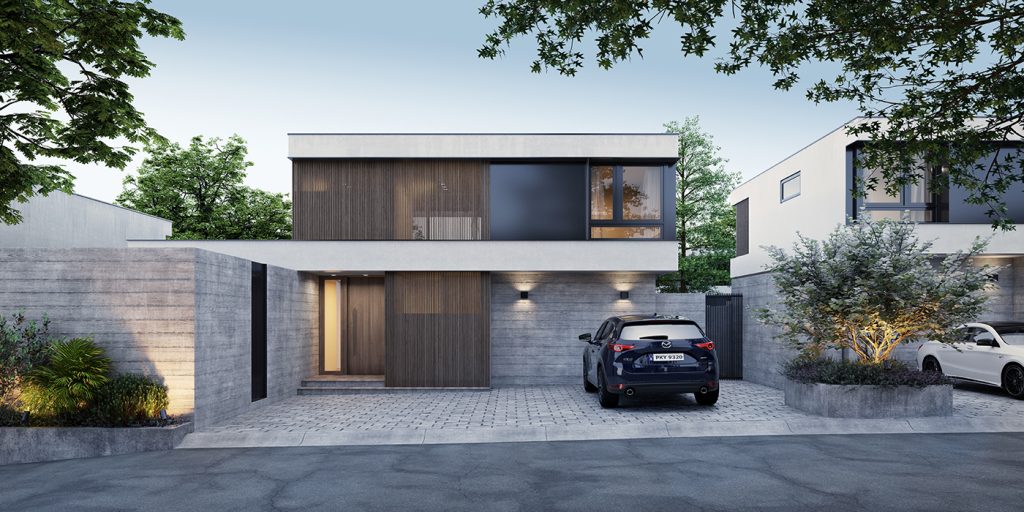
3. Lighting
Lighting is crucial for creating realistic renders. It involves placing light sources in the scene to simulate how light interacts with objects.
- Types of Lights: Common types include point lights, directional lights, and spotlights.
- Global Illumination: This technique simulates indirect lighting where light bounces off surfaces, contributing to the overall illumination of the scene.
- Shadows: Calculating shadows involves determining which parts of the model are blocked from light sources.
4. Camera Setup
The virtual camera in a 3D scene determines the viewpoint from which the scene is rendered. Camera settings include:
- Position and Orientation: Where the camera is located and what it is looking at.
- Field of View (FOV): The extent of the observable world seen at any given moment.
- Depth of Field: Simulates the focus range, where some parts of the image are in sharp focus and others are blurred.
5. Rendering Techniques
Several techniques are used in rendering to produce the final image:
- Rasterization: Converts 3D models into pixels on the screen. It’s fast and commonly used in real-time applications like video games.
- Ray Tracing: Simulates the way light rays interact with objects, producing highly realistic images by tracing the path of light. It’s computationally intensive and used in high-quality renders.
- Path Tracing: An advanced form of ray tracing that simulates light paths and their interactions more realistically by considering more global illumination effects.
6. Rendering Pipeline
The rendering process involves a series of steps known as the rendering pipeline:
- Vertex Processing: Transforming 3D vertices into 2D screen coordinates.
- Primitive Assembly: Forming geometric shapes (triangles) from vertices.
- Rasterization: Converting geometric shapes into pixels.
- Fragment Processing: Determining the color of each pixel, including texture application, shading, and lighting.
- Output Merging: Combining all processed fragments to produce the final image.
7. Post-Processing
After the initial rendering, additional post-processing effects can be applied to enhance the final image:
- Anti-Aliasing: Reduces jagged edges on objects.
- Bloom: Simulates bright light sources bleeding into surrounding areas.
- Motion Blur: Mimics the blurring of moving objects.
- Depth of Field: Enhances the perception of depth by blurring distant or close objects.
8. Rendering Engines and Software
Several software tools and engines are used for 3D rendering, each with its capabilities and specialties:
- Render Engines: V-Ray, Arnold, Redshift, Octane.
- 3D Modeling Software: Blender, Maya, 3ds Max, Cinema 4D.
- Real-Time Engines: Unity, Unreal Engine.



